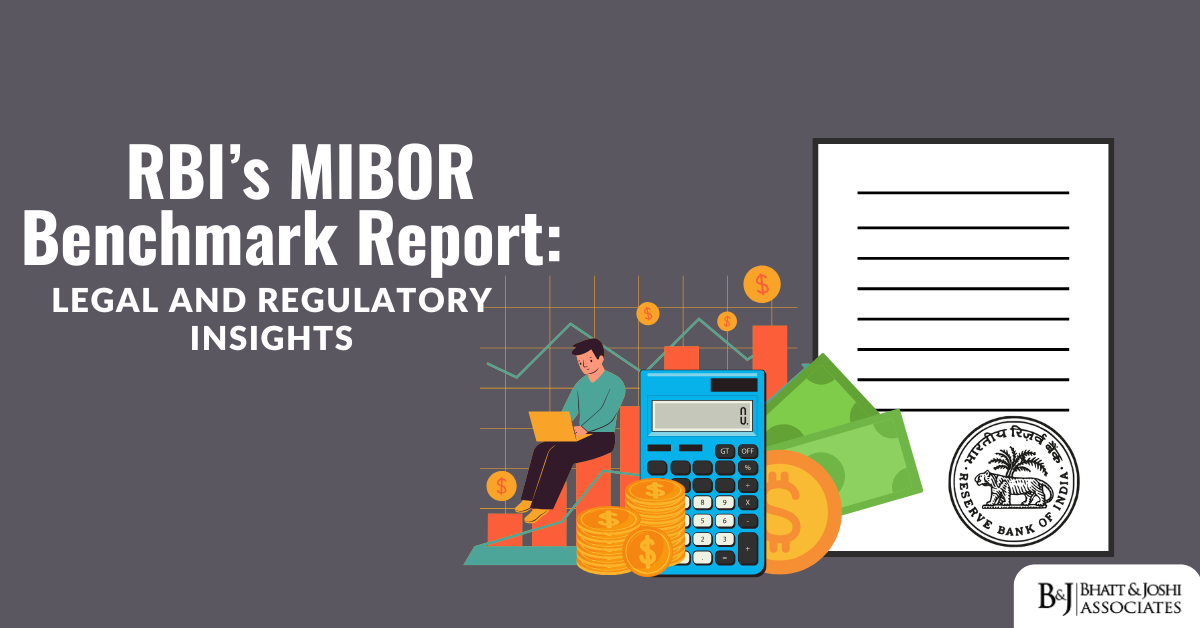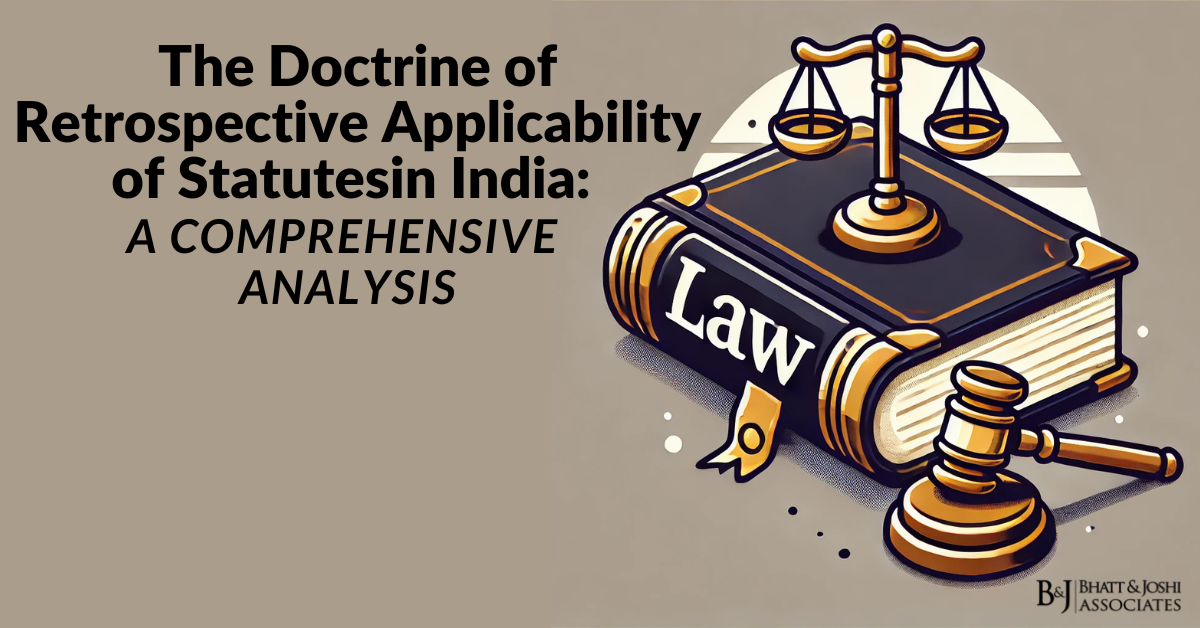Introduction
The Reserve Bank of India (RBI) has played a crucial role in developing and maintaining financial stability within India’s economy. One of its key initiatives is the Mumbai Interbank Offered Rate (MIBOR), a benchmark rate used for pricing various financial instruments. MIBOR is a critical component of India’s financial infrastructure, influencing market stability and the pricing of a wide range of financial products. This article explores the intricacies of MIBOR from a legal and regulatory perspective, including its evolution, regulation, and the case law surrounding it, while delving into its broader significance within the global and domestic financial ecosystem.
Evolution of MIBOR
MIBOR was introduced in 1998 by the National Stock Exchange (NSE) in collaboration with the Fixed Income Money Market and Derivatives Association of India (FIMMDA). It was modeled after the London Interbank Offered Rate (LIBOR) and serves as a reference rate for interbank call money transactions in the Indian money market. The development of MIBOR aimed to provide a transparent and reliable benchmark rate for the pricing of financial instruments, including loans, bonds, and derivatives. It became a vital indicator of liquidity and interest rate conditions within the market.
Initially, MIBOR was based on contributions from a panel of banks and financial institutions, which reported their borrowing rates. Over time, the process was refined to ensure greater accuracy and integrity, with the adoption of a volume-weighted average methodology based on actual transactions. This evolution reflected the growing importance of transparency and accuracy in benchmark determination to enhance market confidence and avoid potential manipulation.
MIBOR’s relevance expanded beyond interbank transactions, influencing corporate borrowing, treasury operations, and derivative pricing. Its evolution has mirrored the growth and sophistication of India’s financial markets, becoming an essential tool for monetary policy implementation and financial market efficiency.
Regulatory Framework Governing MIBOR
The regulation of MIBOR falls under the broader framework of benchmark governance in India. Key regulatory entities include the Reserve Bank of India (RBI) and the Securities and Exchange Board of India (SEBI). These bodies ensure that MIBOR operates transparently, reliably, and aligns with international standards to instill confidence in financial markets. The legal and regulatory frameworks influencing MIBOR include the following:
Reserve Bank of India Act, 1934
The RBI Act provides the foundational authority for the Reserve Bank of India to regulate and supervise the Indian banking system and financial markets. Under this Act, the RBI has broad powers to ensure financial stability and enforce guidelines for the transparent functioning of benchmarks such as MIBOR. Through its regulatory oversight, the RBI ensures that MIBOR reflects true market conditions and mitigates risks such as rate manipulation or collusion among contributors.
SEBI (Benchmark Administrators) Regulations, 2018
The SEBI Benchmark Administrators Regulations were introduced to align Indian practices with the International Organization of Securities Commissions (IOSCO) principles for financial benchmarks. These regulations set out detailed requirements for the governance, accountability, and operational integrity of benchmarks. They impose specific obligations on administrators like FIMMDA, which is responsible for overseeing MIBOR’s calculation and dissemination. The regulations emphasize robust internal controls, conflict of interest management, and periodic reviews of benchmark methodologies.
Financial Benchmark Administrators Designation
Entities administering benchmarks such as MIBOR must be designated as Financial Benchmark Administrators (FBAs) by SEBI. These administrators are subject to strict governance standards, including the need to maintain transparency in methodologies, ensure independence in decision-making, and provide clear dispute resolution mechanisms. This designation ensures that MIBOR operates within a well-defined legal framework and adheres to global best practices.
Legal Issues and Challenges
While MIBOR has been instrumental in streamlining India’s money market operations, it has not been without its challenges. Several legal and regulatory issues have emerged over the years, necessitating continuous scrutiny and adaptation of regulatory frameworks to address potential vulnerabilities.
Manipulation of Benchmark Rates
The global LIBOR manipulation scandal brought to light the risks associated with rate manipulation. Although MIBOR has not faced a scandal of similar magnitude, concerns about potential collusion among contributing banks have prompted stricter oversight and regulatory interventions. Legal frameworks emphasize accountability, imposing stringent penalties for manipulation, and mandating transparency in the calculation process. By ensuring that MIBOR reflects actual market conditions, regulators seek to minimize the risk of distortion and protect market participants.
Transition Risks
With the global phasing out of LIBOR and the adoption of alternative reference rates, questions have arisen about MIBOR’s compatibility and alignment with international benchmarks. The transition to risk-free rates (RFRs) such as the Secured Overnight Financing Rate (SOFR) in the United States has implications for benchmarks like MIBOR, which continues to rely on interbank lending data. Legal risks associated with benchmark transitions include contractual disputes, valuation discrepancies, and challenges in renegotiating agreements linked to outdated benchmarks. Regulators must navigate these complexities to ensure a smooth transition and minimize market disruptions.
Transparency and Accountability
Ensuring that MIBOR accurately reflects market conditions requires high levels of transparency and accountability. Legal obligations are imposed on benchmark administrators and contributors to mitigate conflicts of interest and ensure compliance with regulatory standards. This includes regular audits, public disclosures about methodologies, and mechanisms to address stakeholder grievances.
Judicial Precedents and Case Law
The Indian judiciary has played a pivotal role in interpreting legal disputes involving financial benchmarks. While cases specifically involving MIBOR are limited, several related judgments provide valuable insights into the regulatory principles governing financial benchmarks and the broader implications for market integrity.
MCX Stock Exchange Ltd. v. SEBI
In this landmark case, the Supreme Court of India emphasized the need for transparency and regulatory oversight in financial markets. The judgment underscored SEBI’s authority to regulate benchmarks and ensure their integrity, setting a precedent for stringent supervision of entities administering MIBOR. The court’s observations highlighted the importance of maintaining market confidence through robust regulatory frameworks.
Shakti Mills Ltd. v. Union of India
While not directly related to MIBOR, this case highlighted the importance of robust financial regulation to maintain market integrity. The court’s observations on the necessity of a stable and transparent financial system have implications for benchmarks like MIBOR, reinforcing the need for stringent compliance and accountability.
National Stock Exchange v. SEBI
In this case, the Bombay High Court dealt with issues of market manipulation and the role of regulatory oversight. The judgment reinforced the importance of adherence to fair practices in financial markets, which extends to benchmarks like MIBOR. By affirming SEBI’s regulatory authority, the case provided a foundation for the continued supervision of benchmark administrators and contributors.
International Comparisons and Lessons
MIBOR’s evolution and regulation have drawn lessons from international practices, particularly in the wake of the LIBOR scandal. The IOSCO principles, adopted globally, emphasize the following:
Governance: Ensuring that benchmark administrators are independent and operate with integrity. Transparency: Requiring public disclosures about the methodologies and processes used for determining benchmarks. Accountability: Mandating robust mechanisms for addressing disputes and enforcing compliance.
India’s regulatory approach to MIBOR aligns closely with these principles, reflecting a commitment to maintaining global standards. By adopting best practices and incorporating technological advancements, India seeks to enhance MIBOR’s robustness and reliability.
Future of MIBOR in India
The future of MIBOR hinges on its ability to adapt to changing market dynamics and regulatory expectations. Key areas of focus include:
Alignment with Global Standards
As global financial markets transition to alternative reference rates, MIBOR must ensure compatibility to remain relevant. Regulatory bodies are working on frameworks to facilitate this transition and minimize potential disruptions to financial markets.
Enhancing Robustness
Advancements in technology and data analytics offer opportunities to enhance the robustness and accuracy of MIBOR. By leveraging real-time data and innovative methodologies, benchmark administrators can improve the reliability of MIBOR and its relevance in evolving market conditions.
Addressing Legal Risks
Legal frameworks must continue to address risks associated with benchmark transitions and disputes. Clear guidelines and dispute resolution mechanisms will be critical to maintaining market confidence and ensuring the smooth functioning of financial markets. Regulators and market participants must collaborate to address emerging challenges and build a resilient benchmark system.
Conclusion
MIBOR remains a cornerstone of India’s financial system, providing a critical benchmark for pricing a wide range of instruments. Its regulation, underpinned by the RBI, SEBI, and various legal frameworks, ensures transparency, integrity, and accountability. However, challenges such as potential manipulation, transition risks, and the need for global alignment highlight the importance of robust governance and oversight. By learning from international experiences and leveraging technological advancements, India can ensure that MIBOR continues to meet the evolving needs of its financial markets while maintaining legal and regulatory compliance. The future of MIBOR depends on its ability to adapt to global standards, mitigate legal risks, and reinforce its role as a reliable and robust benchmark for India’s financial ecosystem.














